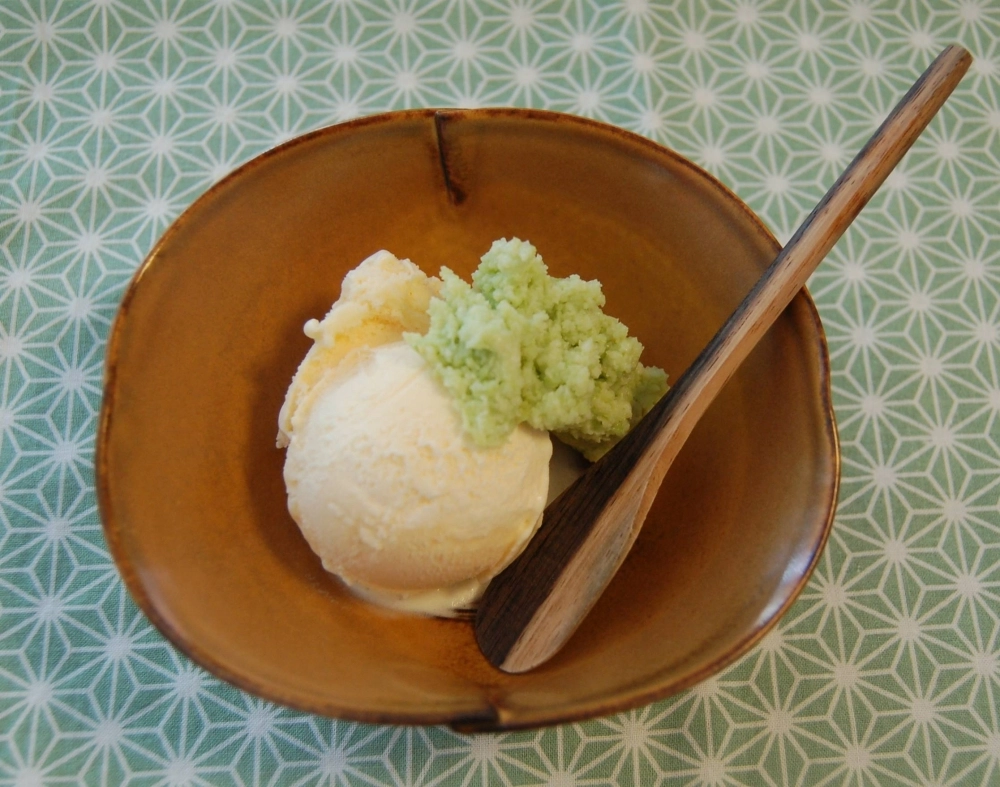The Japanese language has a varied soybean vocabulary.
Edamame (written with the kanji for “branch” and “bean”) describes the immature green soybean pods that indeed cling to branches. Daizu (written with the characters for “important” and “bean”) describes mature, dried soybeans, aptly named since they are the source of so many important foodstuffs in Japanese cookery: soy sauce, miso, tofu and more. In many farming communities soybeans are called aze mame (aze meaning “footpath between rice paddies”) because the beans are grown in ditches surrounding rice fields to enrich the soil. And then there are the names for the hundreds of soybean varietals — some quite fanciful, like Yamagata Prefecture’s sato no hohoemi (literally, “smiling hometown”), and others wishful, such as fuku yutaka (literally, “plentiful good fortune”).
Today, a whopping 66,000 tons of edamame are domestically grown and consumed annually. Gunma Prefecture enjoys the No. 1 market share for the crop, with Chiba and Yamagata prefectures coming in close at second and third, respectively. Fresh edamame makes its way to grocery stores throughout Japan from June through September.



















With your current subscription plan you can comment on stories. However, before writing your first comment, please create a display name in the Profile section of your subscriber account page.